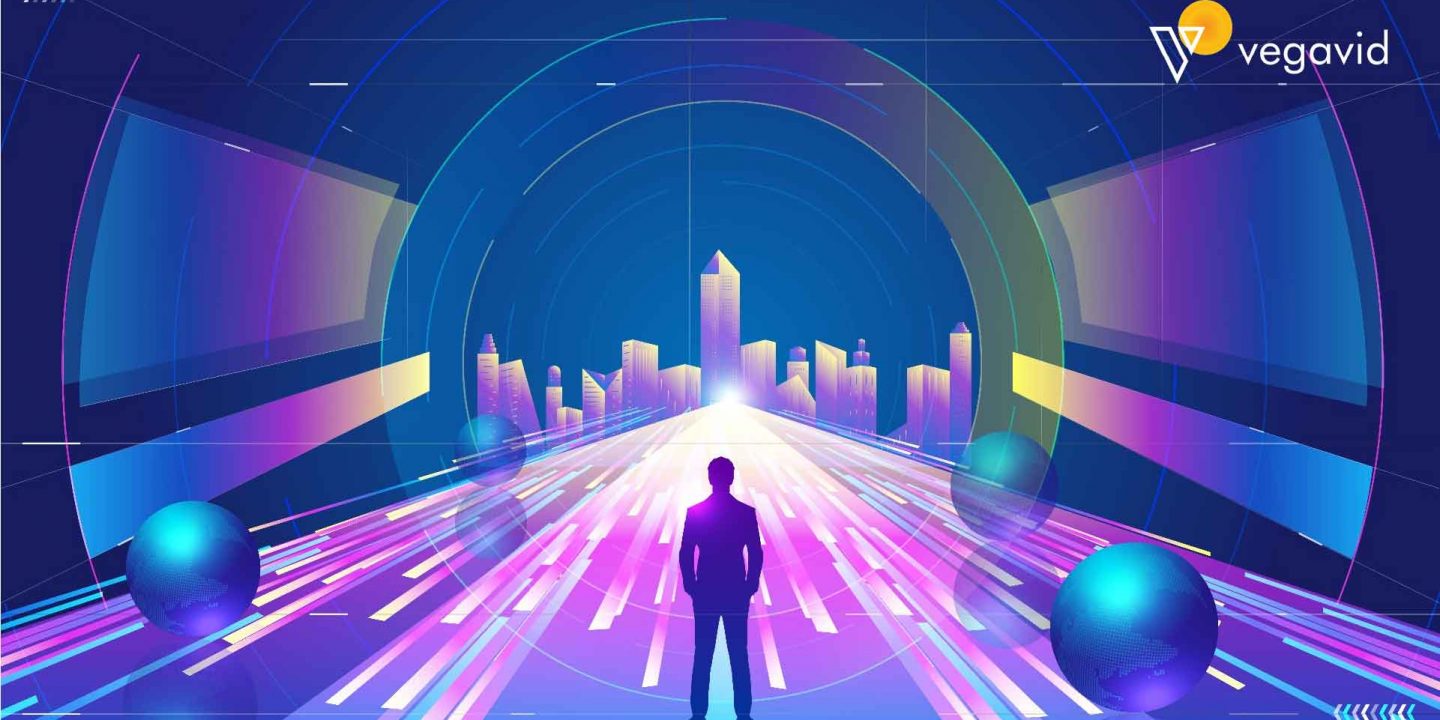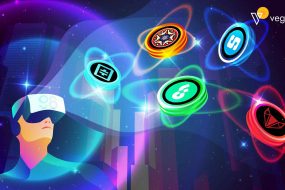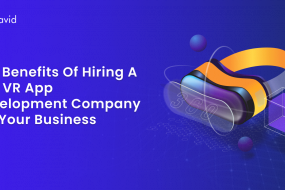
In this blog, we will explore two exciting and rapidly evolving fields in technology: Facebook’s tech stack and metaverse technology stack. With over 2.8 billion monthly active users, Facebook is one of the world’s largest and most influential technology companies. It has developed a complex and powerful tech stack to support its massive social network.
On the other hand, the metaverse is a term used to describe a virtual universe where users can interact with each other and with a computer-generated environment. The metaverse is an emerging area of technology that has the potential to revolutionize the way we interact with the digital world. This blog will provide an overview of the tech stacks of Facebook and the metaverse and examine the trends and developments in these exciting fields.
Facebook’s Tech Stack
Frontend Development
ReactJS: A JavaScript library is used for building user interfaces. It allows developers to build complex UI components with reusable code, making creating and maintaining large-scale web applications easier.
React Native: It is used in the Facebook tech stack to build native mobile apps using ReactJS. This allows developers to write code once and run it on multiple platforms, including iOS and Android, without maintaining separate codebases.
GraphQL: It is a query language and runtime for APIs that Facebook developed. It provides a more efficient and flexible alternative to traditional REST APIs, allowing for better performance and more efficient use of resources.
Backend Development
Hack Language: It is programming language for the HipHop Virtual Machine (HHVM) that Facebook developed. It is a dynamically typed language designed to be both easy to learn and highly performant.
PHP: PHP is a server-side scripting language widely used for web development. It is known for its ease of use and has a large community of developers contributing to its development and growth.
Cassandra Database: The Facebook tech stack uses NoSQL database designed for high scalability and availability. Facebook uses it to store large amounts of data and support the company’s fast-growing user base. The database is designed to handle high traffic levels and provide quick data access.
Infrastructure
Facebook’s Datacenter: The company operates its own data centres to ensure maximum control and efficiency. Facebook’s data centres are designed to be highly energy-efficient, reducing the company’s carbon footprint and operating costs.
Open Compute Project: It is an initiative launched by Facebook to share innovative data centre technologies with the industry. The project’s goal is to create more efficient and sustainable data centres, and many other companies in the technology industry have since adopted it.
Networking Technologies: Facebook’s tech stack includes a custom-built networking equipment and software to build highly efficient and scalable networks. The company’s networking technologies allow it to quickly and easily handle the massive amounts of traffic its users generate. Networking technologies also help ensure the security and privacy of user data.
Metaverse Technology Stack
Virtual Reality (VR)
VR Head-Mounted Displays (HMDs): These devices on the head provide a fully immersive VR experience. HMDs often come with built-in sensors that track the user’s movements, allowing them to interact with virtual environments in real time.
VR Controllers: These handheld devices allow users to interact with virtual objects and environments. These controllers often come with buttons and sensors that can track hand movements and provide user haptic feedback, making them an integral part of the metaverse technology stack.
VR Software Development Kits (SDKs): These tools are used by developer metaverse to create VR experiences. SDKs provide the necessary tools and resources to create and develop VR applications, including libraries, sample code, and documentation.
Augmented Reality (AR)
AR Smart Glasses: AR Smart Glasses are devices that overlay virtual objects onto the real world. AR smart glasses use cameras and sensors to capture the user’s view of the environment and then display virtual objects in real-time on the glasses’ display.
AR Smartphone Apps: These Mobile applications use the device’s camera to display AR content. Users can point their phone’s camera at the real world and see virtual objects overlaid on their view.
AR Software Development Kits (SDKs): These are the tools used by developers to create AR experiences. SDKs provide the necessary tools and resources to create and develop AR applications, including libraries, sample code, and documentation.
Blockchain Technology
Decentralized Ledgers: This part of the metaverse technology stack is a distributed database that maintains a continuously growing list of records secured using cryptography. Decentralized ledgers are the underlying technology behind many blockchain networks, including Bitcoin and Ethereum.
Smart Contracts are self-executing contracts with the terms of the agreement between buyer and seller being directly written into lines of code. Smart contracts are stored on the blockchain and are executed automatically when certain conditions are met, making a contract more efficient, transparent, and secure.
Cryptocurrency: Cryptocurrency is Digital or virtual currency that uses cryptography for security and operates independently of a central bank. These are often based on blockchain technology and can securely and transparently transfer value from one person to another. Bitcoin, Ethereum, and Litecoin are some of the most well-known cryptocurrencies.
Other Key Technologies
5G Network: Metaverse uses this next-generation wireless network that provides faster speeds and lower latency than previous generations of wireless technology. 5G networks are expected to greatly enhance the performance of augmented and virtual reality technologies, making them more responsive and accessible.
Artificial Intelligence (AI): Artificial Intelligence (AI) is a field of computer science that focuses on developing algorithms and systems that can perform tasks that normally require human intelligence. AI is used in many applications, from natural language processing and image recognition to autonomous vehicles and robotics. In the context of Facebook’s tech stack and metaverse tech, AI creates intelligent virtual environments that can adapt and respond to user actions in real-time.
This technology is key to creating a more immersive and interactive virtual experience, as it allows virtual environments to adapt and evolve based on user behaviour. Additionally, AI enhances the performance of VR and AR technologies, making them more responsive and accessible to users.
Cloud Computing: It enables the delivery of computing services—including servers, storage, databases, networking, software, analytics, and intelligence—over the Internet to offer faster innovation, flexible resources, and economies of scale. Cloud computing is a key technology for building and deploying virtual and augmented reality applications, as it provides the necessary computing resources and infrastructure to support these technologies.
Vegavid Metaverse development company services
Integration Of Facebook’s Tech Stack And Metaverse Technology
Integrating Facebook’s tech stack with metaverse tech aims to create a seamless, immersive, and interactive virtual world. This integration leverages Facebook’s expertise in developing and deploying large-scale, high-performance technology systems, including its frontend and backend development tools, infrastructure, and AI technology.
In the metaverse, Facebook incorporates VR and AR technologies to create a more immersive user experience. Its VR and AR software development kits (SDKs) provide developers with the tools they need to create and deploy VR and AR applications. Additionally, Facebook uses blockchain technology to ensure secure transactions and the protection of users’ virtual assets within the metaverse.
Moreover, 5G networks and cloud computing play a crucial role in enabling the metaverse to scale to millions of users, providing fast and responsive experiences with low latency. AI technology also creates intelligent virtual environments that can quickly adapt and respond to user actions.
By integrating its tech stack with metaverse technology, Facebook is creating a new and exciting virtual world for its users to explore, connect, and interact with one another.
Future Of Facebook And Metaverse Technology
The future of Facebook and metaverse technology is expected to continue growth and innovation. As more users adopt VR and AR technologies, and as these technologies continue to improve, the metaverse is poised to become a mainstream platform for communication, entertainment, and commerce.
Facebook will likely continue investing in and developing its tech stack, including its front-end and back-end development tools, infrastructure, and AI technology. By doing so, the company aims to provide developers with the resources they need to create and deploy high-quality VR and AR experiences.
Additionally, blockchain technology is expected to play a larger role in the metaverse in the future as more virtual assets are created and traded. Cryptocurrency and smart contracts will likely be integrated into the metaverse to support secure transactions and to protect users’ virtual assets.
Overall, the future of Facebook and metaverse technology looks bright as the technology continues to evolve and become more accessible to a wider range of users. As the metaverse grows, it has the potential to revolutionize the way we communicate, work, and play.
Conclusion
In conclusion, Facebook and Metaverse have unique tech stacks that reflect their core goals and values. Facebook’s tech stack is geared towards providing a seamless social networking experience for its 2.8 billion monthly active users. On the other hand, Metaverse’s tech stack focuses on building a virtual world that combines gaming, social interaction, and commerce in a decentralized platform. As the virtual world continues to grow, it is exciting to see how these tech stacks will evolve and contribute to the future of technology.











